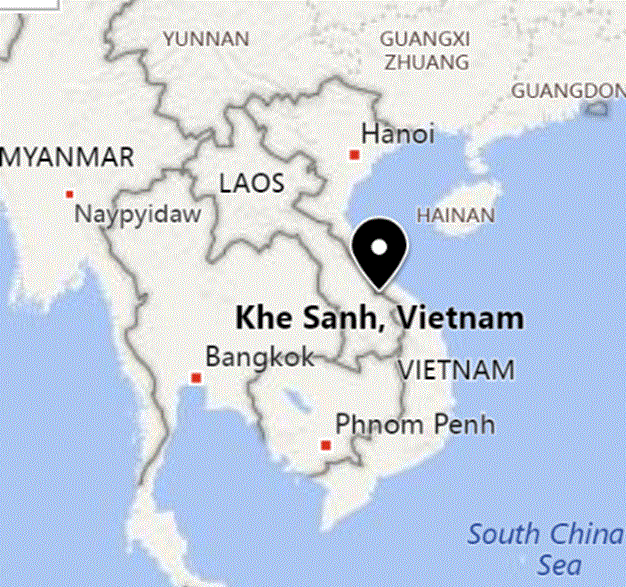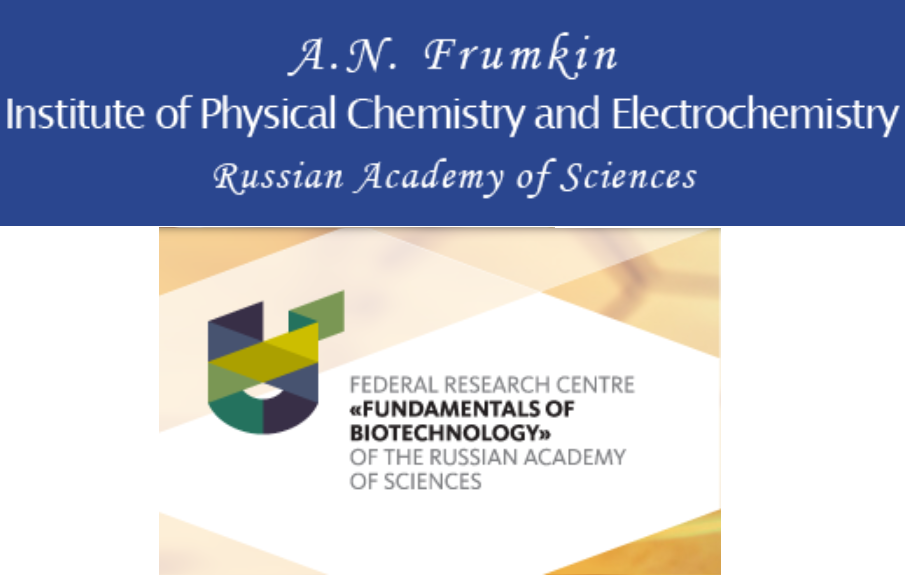For all the threats of nuclear war of the decades since the end of WW II in 1945, the only time that nuclear weapons have been used in a conflict was the two that were dropped on Japan to end their participation in World War II. We know that there have been generals and even presidents who talked about the possible use of such weapons since WW II. For instance, the Cuban Missile Crisis of 1963 could easily have escalated into nuclear war between the U.S. and Russia. It has now been revealed by recently released declassified documents that the U.S. was considering using nuclear weapons in Vietnam.
One of the most intense battles in Vietnam was at Khe Sahn. This battle raged from January to July of 1968 around a U.S. base in the Khe Sanh area of northwestern Quảng Trị Province, Republic of Vietnam. Two regiments of U.S. Marines supported by elements of the U.S. Army and the U.S. Air Force and a small contingent of South Vietnamese Army troops were up against three division sized elements of the North Vietnamese Army. Over a hundred thousand tons of bombs and over a hundred and fifty thousand artillery rounds were fired in defending the U.S. base. An overland relief expedition managed to break through the N.V. forces and reach the base in March. After the successful battle to save the base, it was abandoned shortly after the end of the battle.
Before the battle of Khe Sahn, President Johnson had told his commanders in charge of the Vietnam war that he did not want another embarrassing defeat there.
General William Westmoreland, in charge of the U.S. forces in Vietnam, prepared secret plans to move nuclear weapons to Vietnam just in case the U.S. was losing the battle at Khe Sahn. He organized a meeting in Okinawa to refine the plan which was called “Fractured Jaw. It was to be activated in February as the battle at Khe Sahn was heating up. Westmoreland notified the commander of the U.S. Pacific Fleet that he intended to carry out Fractured Jaw.
The same day that Westmoreland notified the Pacific Fleet commander of Fractured Jaw, Walter W. Rostow, the national security advisor to the President Johnson, notified President Johnson of the existence of Fractured Jaw and Westmoreland’s intentions to carry it out. President Johnson was extremely upset by the news and sent word to the Pacific commander to halt work on the project. Among other things, President Johnson was afraid that the use of nuclear weapons might prompt China to enter the war on the side of N.V. as they had entered the Korean War on the side of the North Koreans.
Two days after President Johnson had been notified of Fractured Jaw, the commander of the U.S. Pacific Fleet ordered Westmoreland to shut down all work on the plan immediately. Westmoreland was instructed to place all planning materials under “air tight” security.
The Vietnam War was a great mistake of U.S. foreign policy. Fifty thousand U.S. troops died in the fight and the U.S. was ultimately driven out of Vietnam. If we had used nuclear weapons the outcome may have been much worse.
Author: Burt Webb
-

Nuclear Weapons 358 – The U.S. Was Considering The Use Of Nuclear Weapons During The Vietnam War
-

Geiger Readings for Oct 09, 2018
Ambient office = 71 nanosieverts per hour
Ambient outside = 78 nanosieverts per hour
Soil exposed to rain water = 66 nanosieverts per hour
Caultiflower from Central Market = 134 nanosieverts per hour
Tap water = 75 nanosieverts per hour
Filter water = 58 nanosieverts per hour
-

Radioactive Waste 352 – Russian Researchers Find Extremophile Bacteria That Can Stabilize Radionucleotides In Liquid Nuclear Waste
There are many bodies of water in the world that are polluted with radioactive materials. Ground water may penetrate underground repositories and spread radioactive materials far beyond the storage facility. There are ways to deal with radioactive materials dissolved in water but there is no widespread cheap technique. Research into the interaction of radioactive waste in liquids and bacteria have been researched since the 1980s.
In 2014, researchers at the University of Manchester in the U.K. announced that they had identified that bacteria that can affect toxic waste dissolved in water. These bacteria have been found in pure soil samples before but in Manchester, they found that such bacteria could survive in the harsh conditions of nuclear waste disposal sites.
When intermediate level nuclear waste is encased in concrete and stored underground, ground water will eventually permeate the concreate and become very alkaline. This chemical change leads to a series of chemical reactions which breakdown cellulosic materials present in the waste.
A product of these reactions is isosaccharinic acid (ISA) which can bind with a variety of radionuclides and make them more soluble. This means that radioactive materials could migrate out of the storage facility and threaten bodies of water in the environment that are used for agriculture and as a source of drinking water.
The researchers have discovered that there are bacteria classified as “extremophile” which are able to thrive in a toxic soup containing isosaccharinic acid (ISA). Their research continues on what effect such bacteria might have on radioactive materials in underground storage facilities.
Now researchers at the A.N. Frumkin Institute of Physical Chemistry and Electrochemistry in Moscow and the Russian Academy of Sciences Research Center for Biotechnology have discovered microorganisms that may be useful in protecting the environment from radioactive materials in bodies of water.
The Russian research team was studying the microbiology of the ground water at the Seversky deep radiation burial site in Seversk which is located in the Tomsk region of south-central Siberia. The Siberian Chemical Combine supplies and reprocesses low enriched uranium for nuclear fuel. It stores liquid radioactive waste at the Seversky burial site.
What the research team found was that there were bacteria in the water that were able to chemically lock radionuclide ions into solid forms so that they would not be able to contaminate the surrounding environment. The researchers took the bacteria into the laboratory and explored the best conditions that would allow the bacteria to be the most effective.
They say that the results of their research could be the first step in creating a “biogeochemical barrier” for radionuclides for use in deep burial sites which contain liquid radioactive wastes. Scientists around the globe point out that microbial processes must be considered with respect to projects intended to bury and store nuclear waste which takes millions or even billions of years to decay to a safe level.
The Manchester research team began with an exploration of extremophile bacteria in a non-radioactive environment. Now the Russians have found bacteria in radioactive liquids that actually immobilize radionuclides. Hopefully, these bacteria can be used to make the storage of nuclear wastes underground much safer. -

Geiger Readings for Oct 08, 2018
Ambient office = 92 nanosieverts per hour
Ambient outside = 99 nanosieverts per hour
Soil exposed to rain water = 104 nanosieverts per hour
Pineapple from Central Market = 126 nanosieverts per hour
Tap water = 98 nanosieverts per hour
Filter water = 88 nanosieverts per hour
-

Geiger Readings for Oct 07, 2018
Ambient office = 121 nanosieverts per hour
Ambient outside = 111 nanosieverts per hour
Soil exposed to rain water = 108 nanosieverts per hour
Bartlett pear from Central Market = 141 nanosieverts per hour
Tap water = 83 nanosieverts per hour
Filter water = 68 nanosieverts per hour
-

Geiger Readings for Oct 06, 2018
Ambient office = 67 nanosieverts per hour
Ambient outside = 151 nanosieverts per hour
Soil exposed to rain water = 143 nanosieverts per hour
Crimini mushroom from Central Market = 106 nanosieverts per hour
Tap water = 64 nanosieverts per hour
Filter water = 59 nanosieverts per hour
Cod – Caught in USA = 81 nanosieverts per hour
